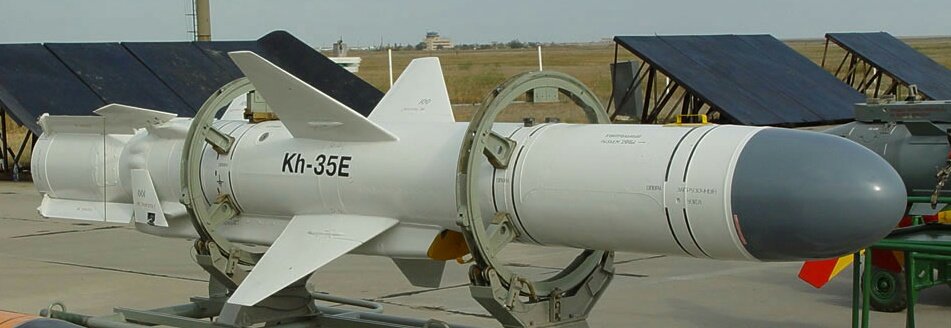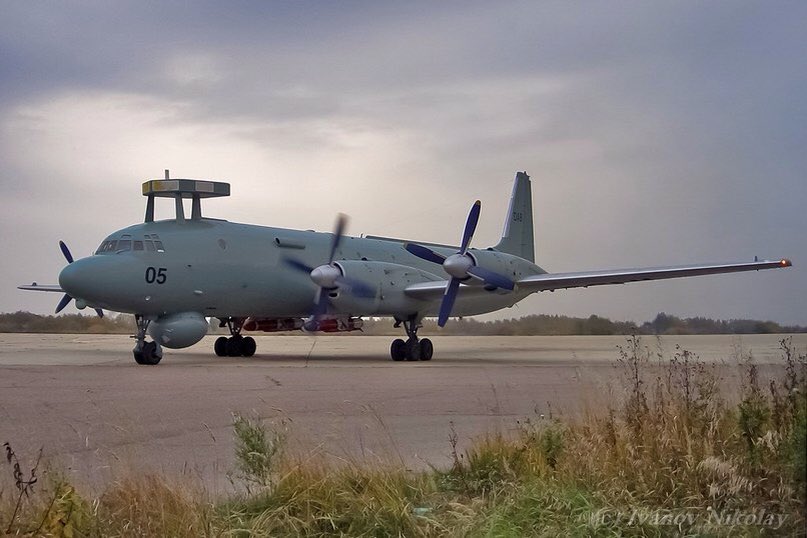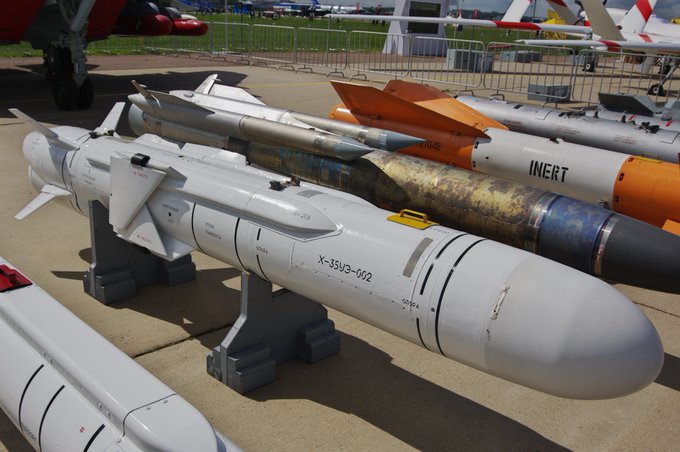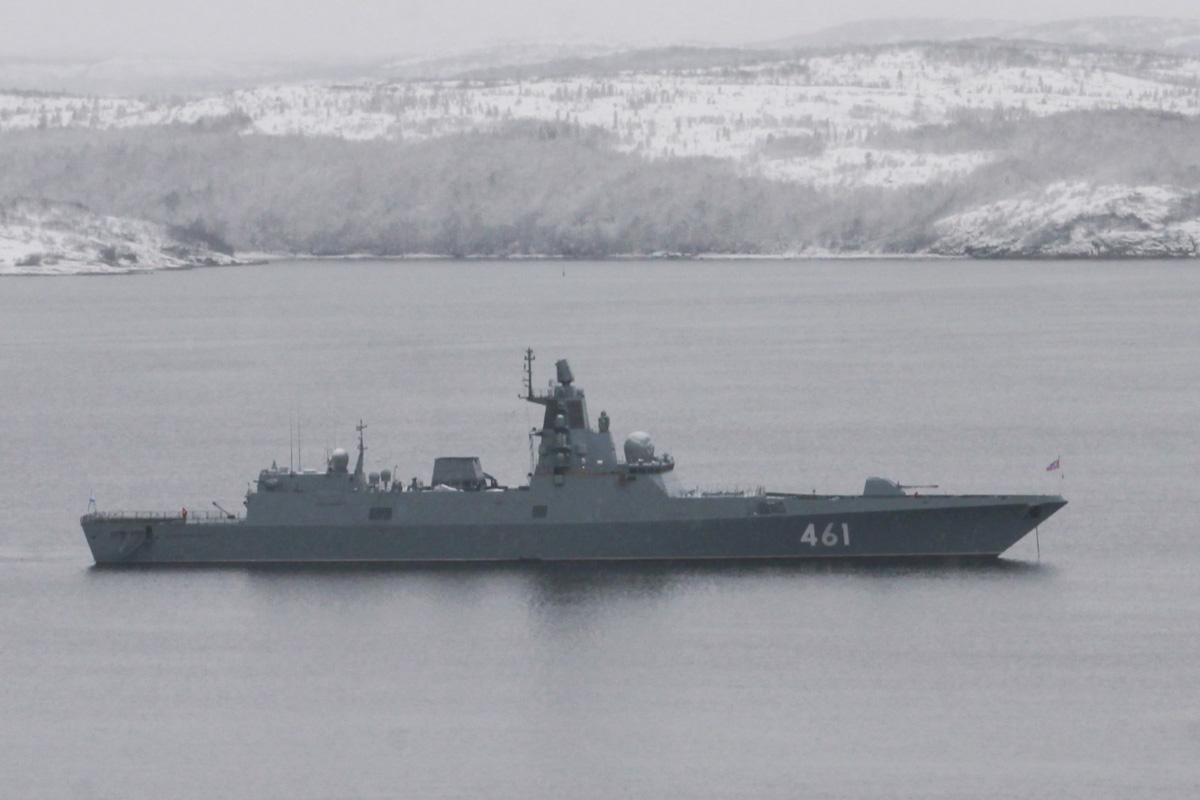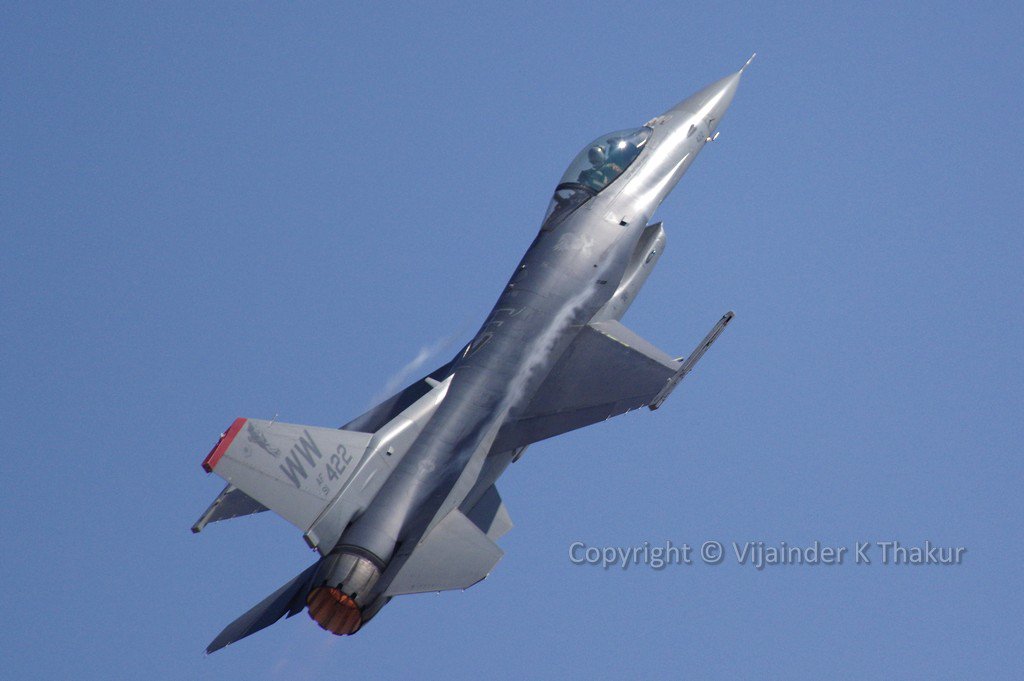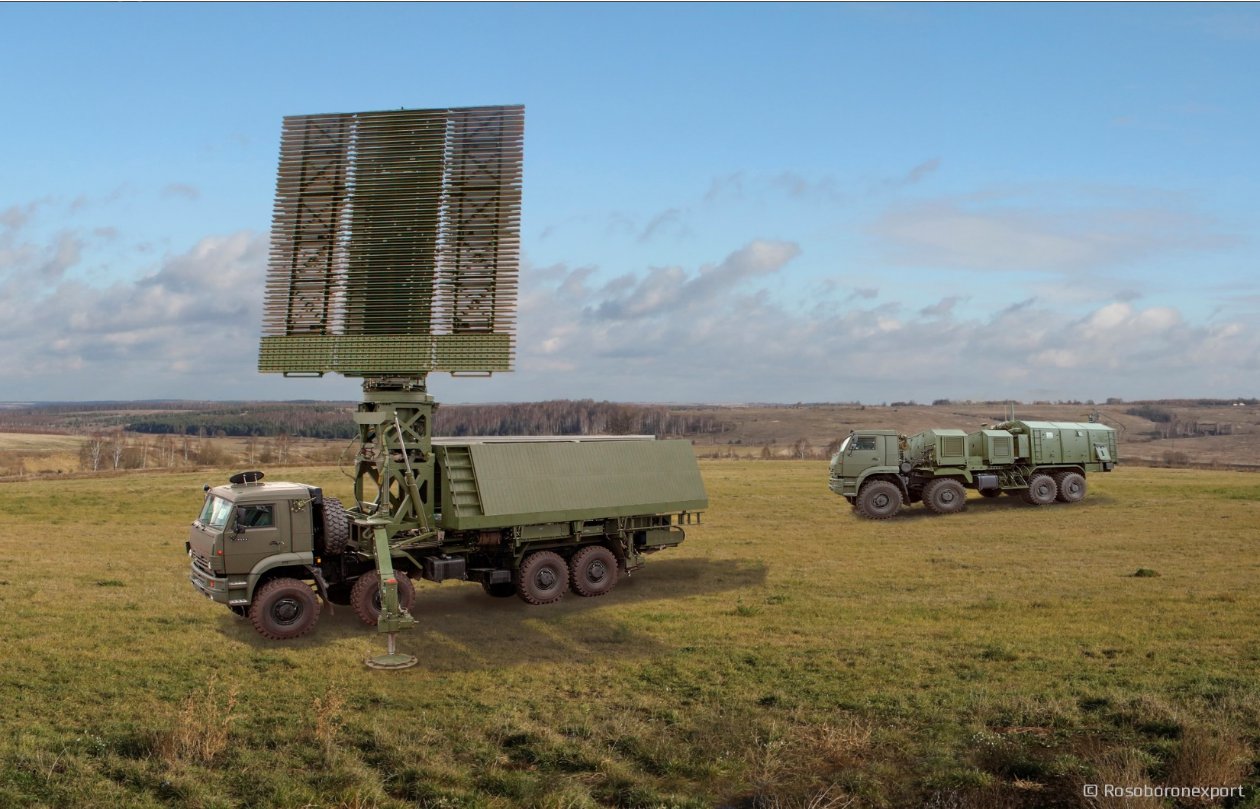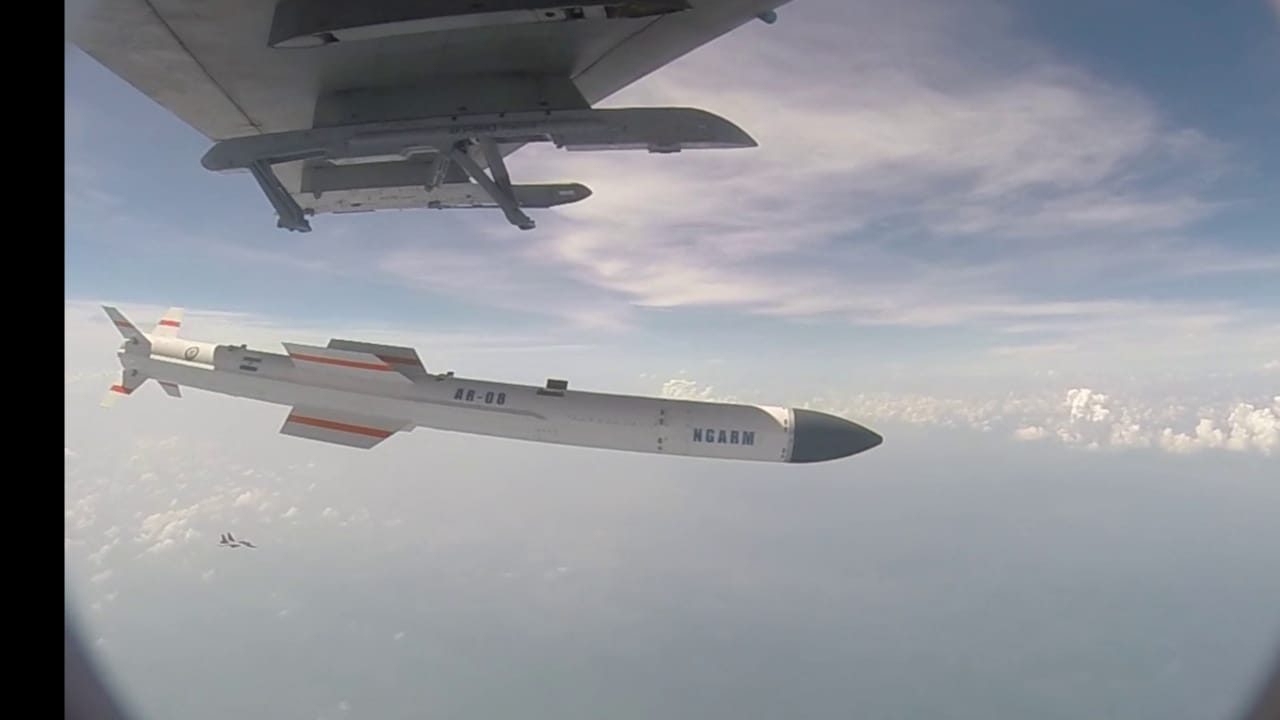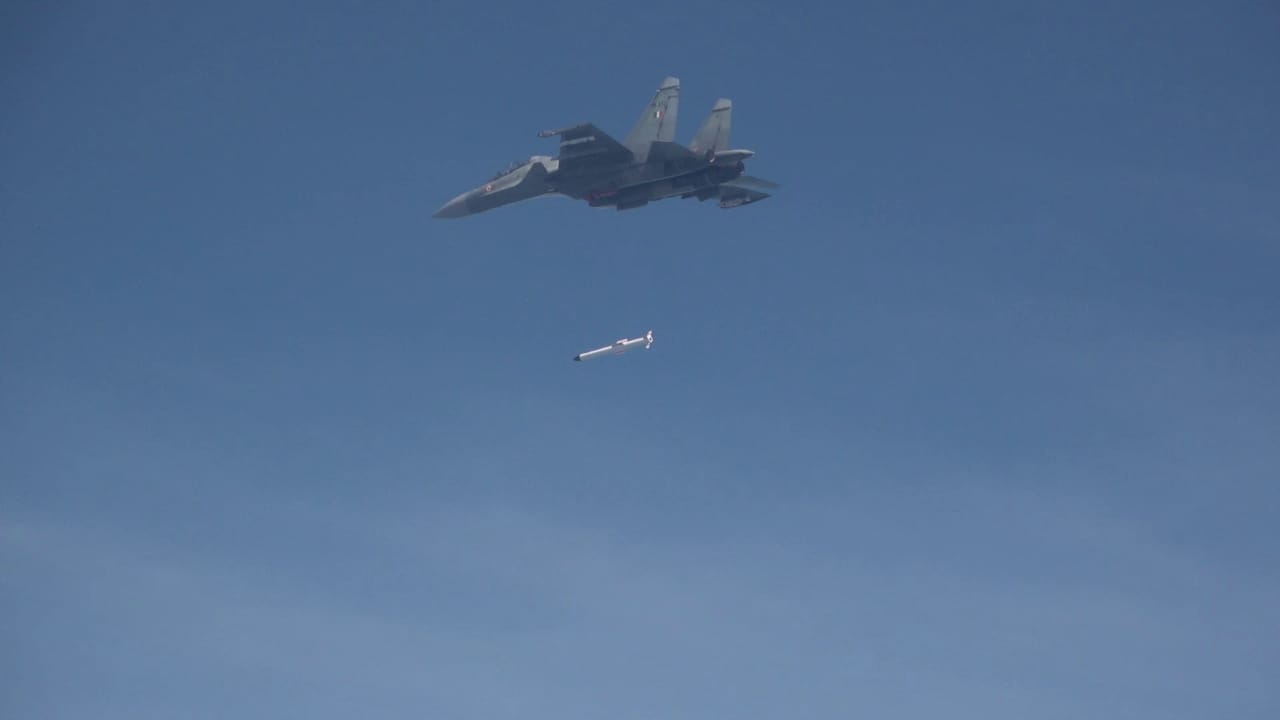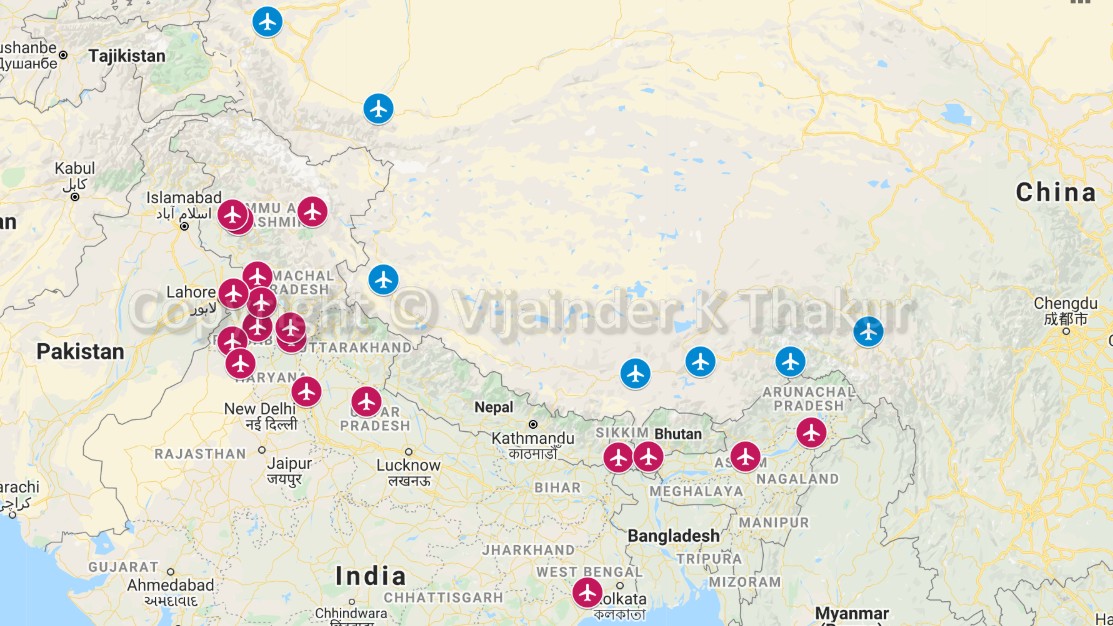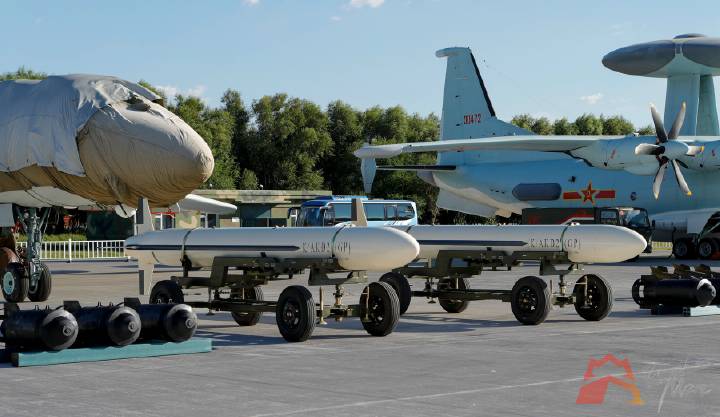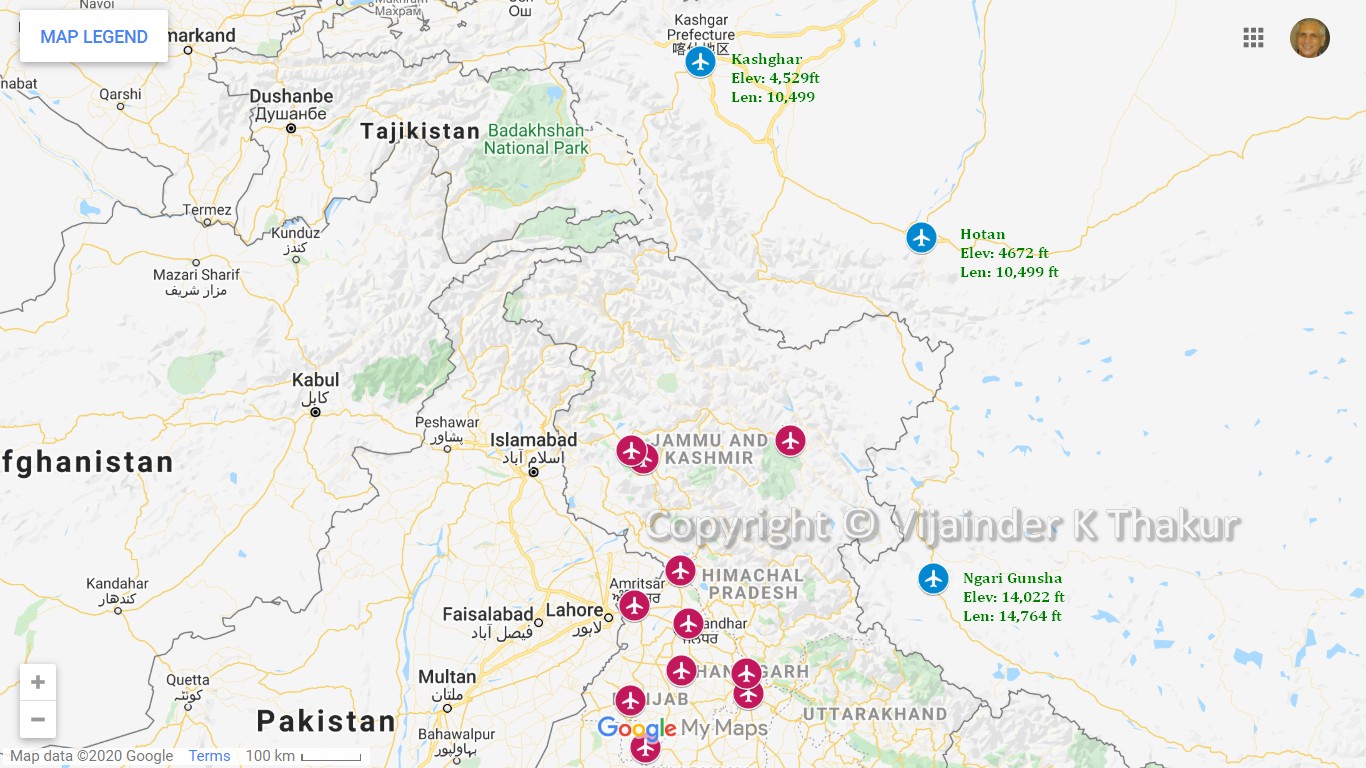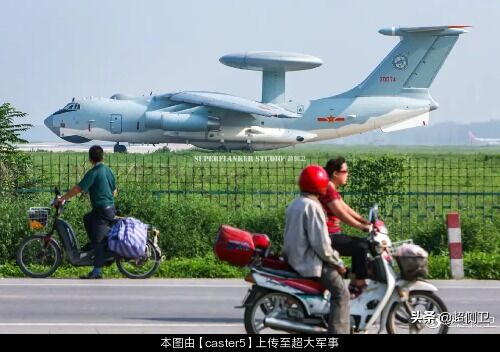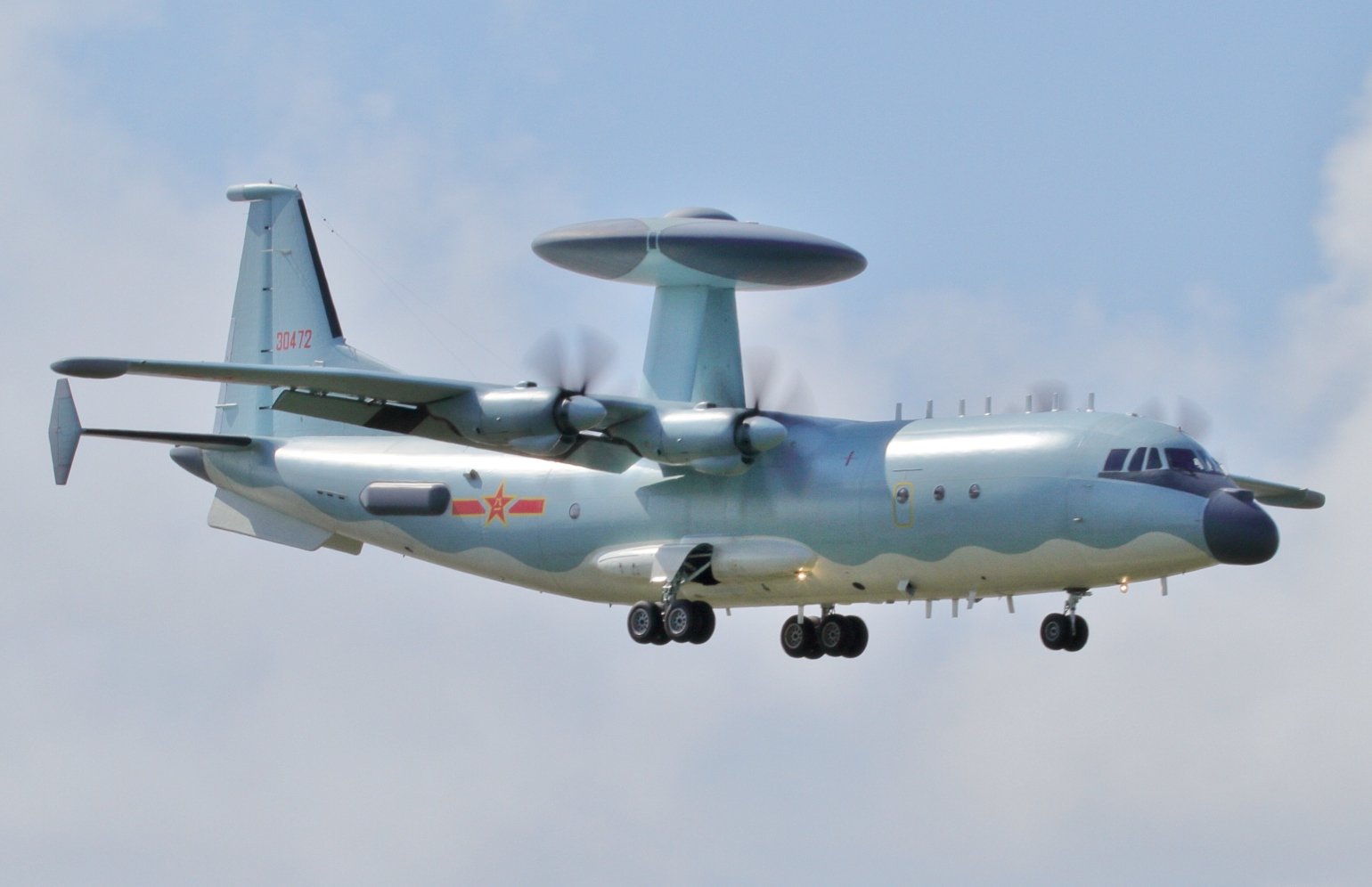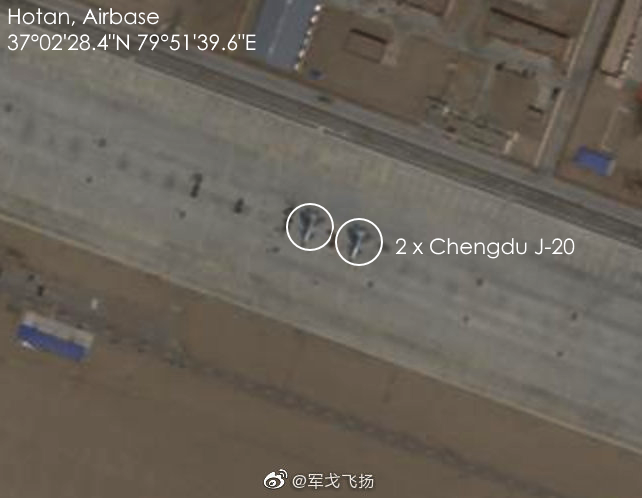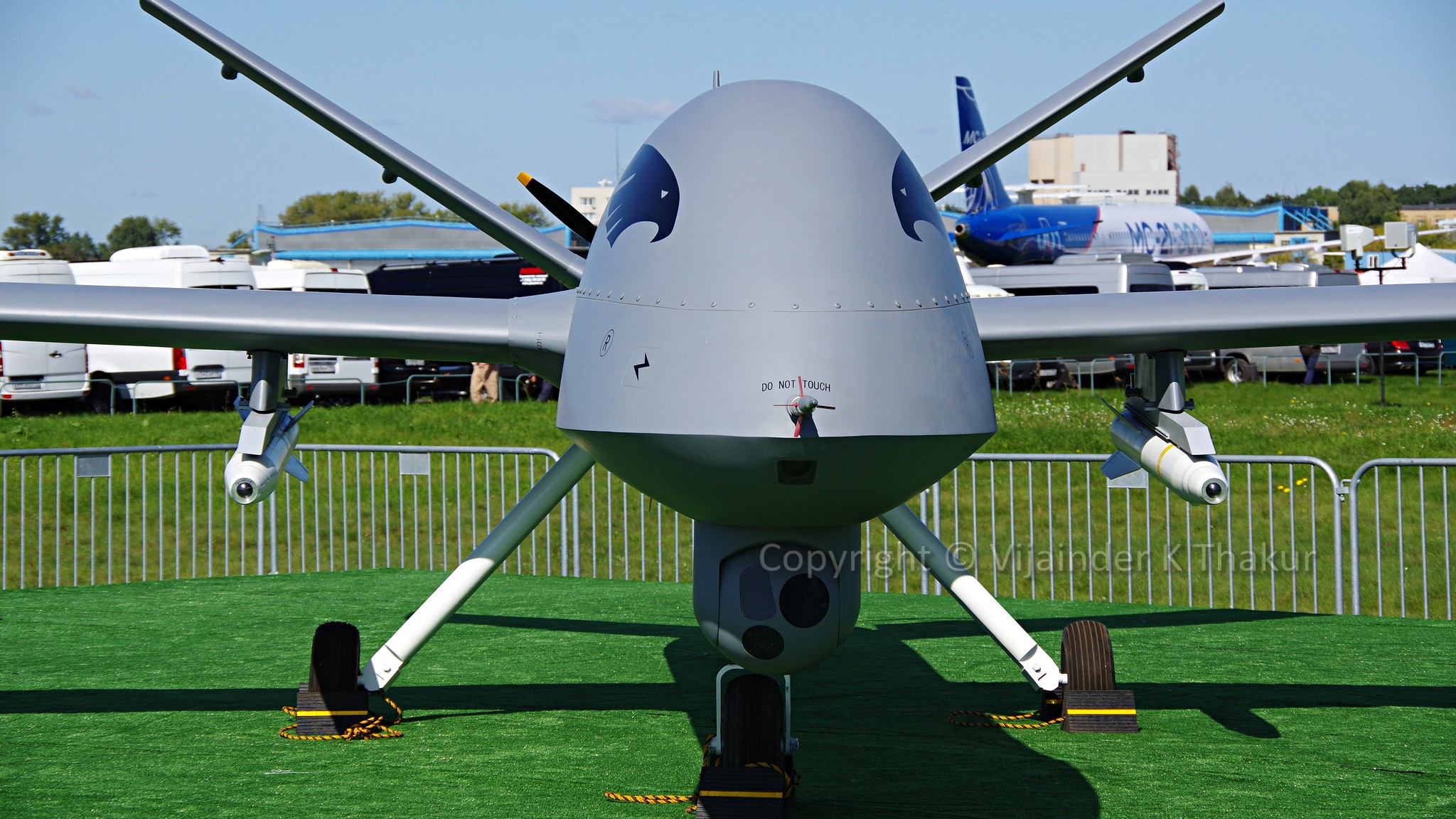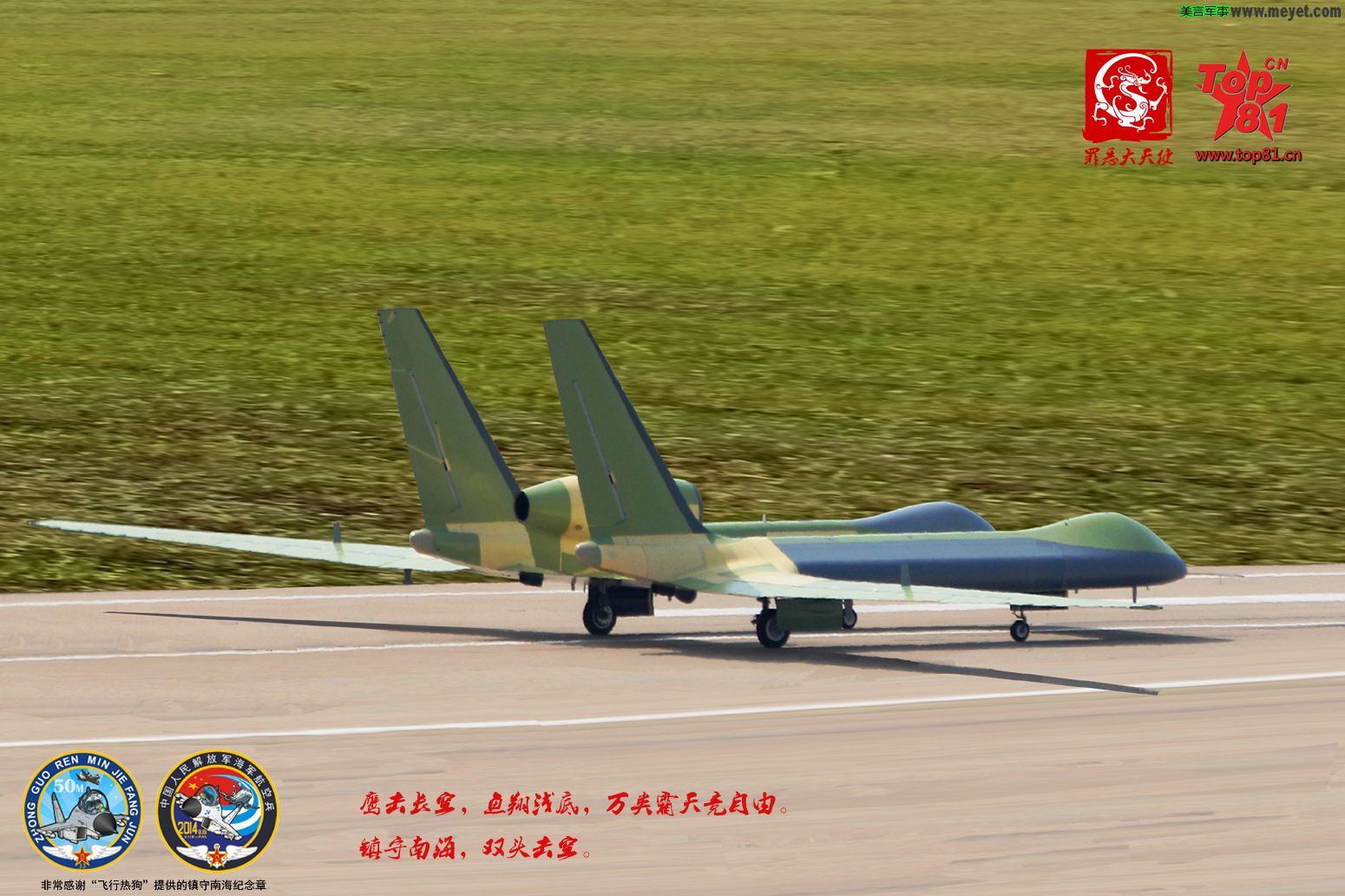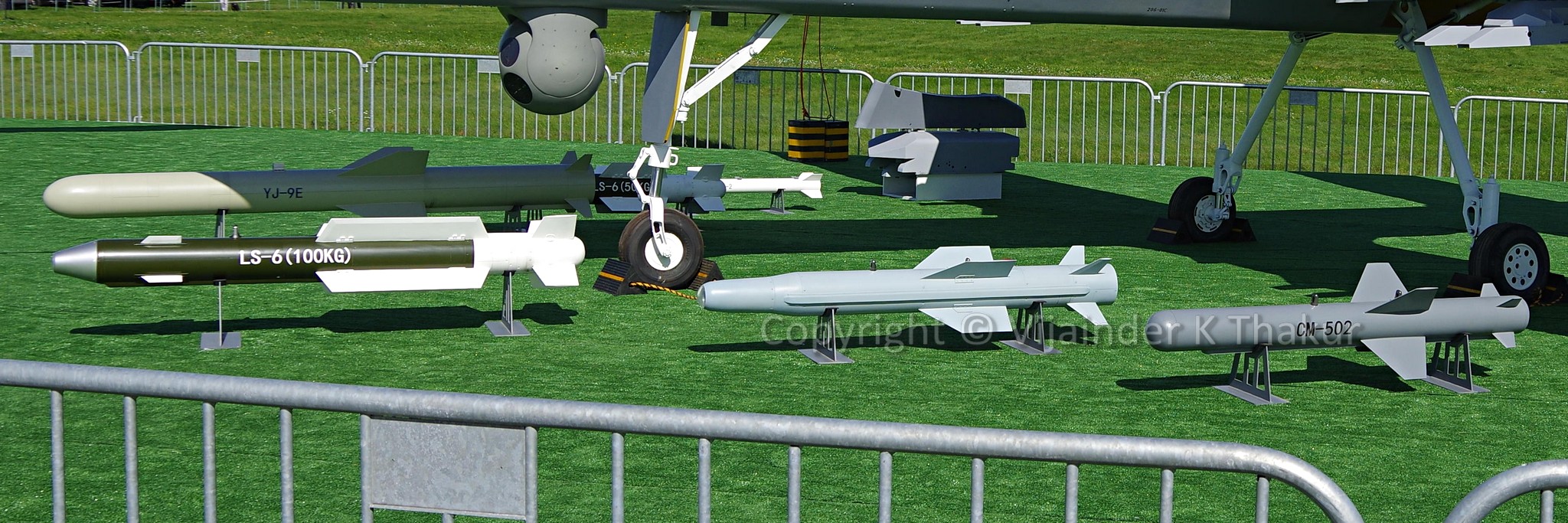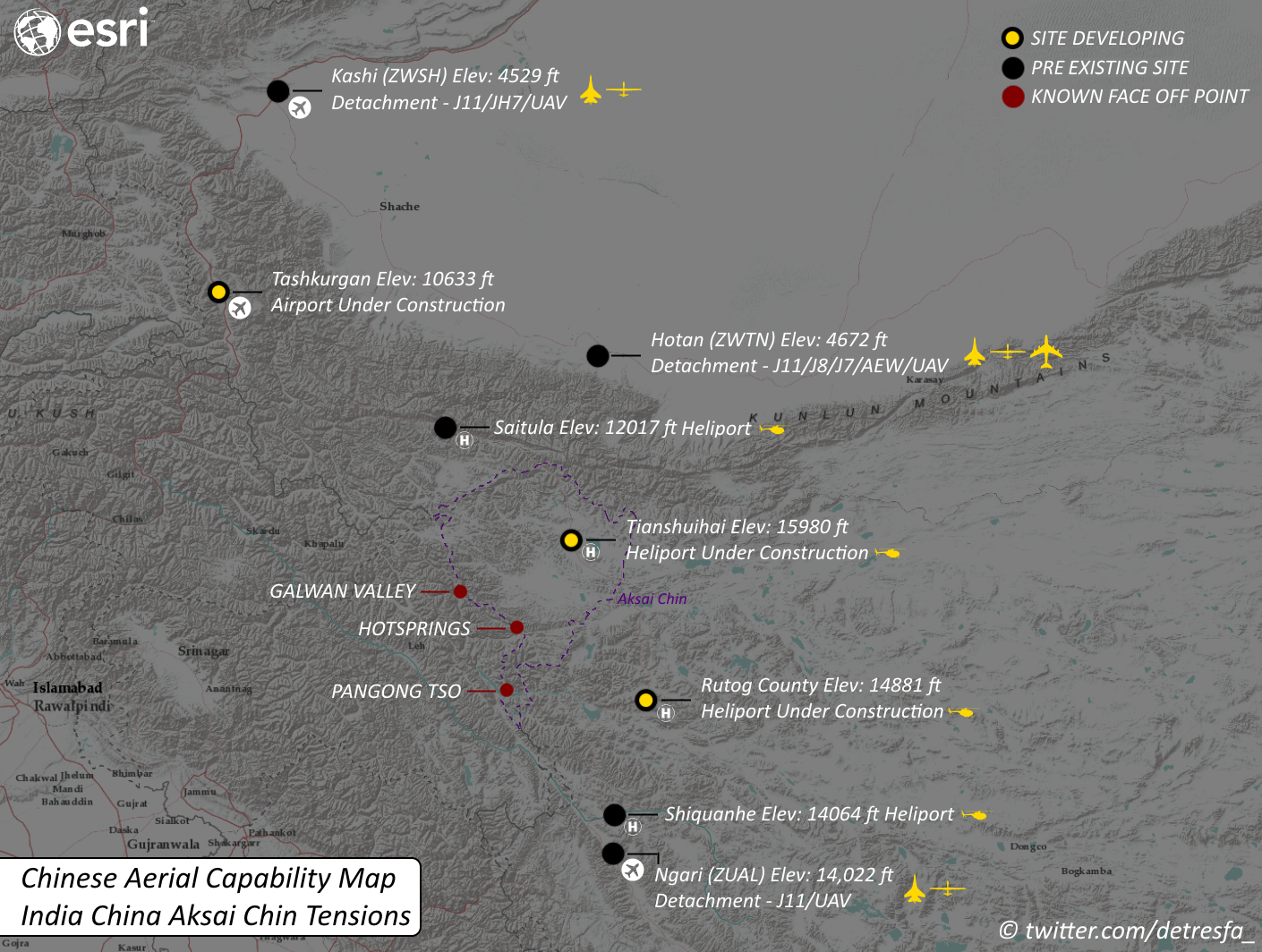IAF, PLAAF airbases
Introduction
The People’s Liberation Army (PLA) Air Force (PLAAF) is a large, well trained and technologically air force. Arguably, more technologically advanced than the Indian Air Force (IAF)! Importantly, almost all PLAAF platforms and weapon systems are locally developed and manufactured.
The PLAAF's size and technological edge notwithstanding, the well trained, motivated and technologically advanced IAF enjoys a significant advantage over the PLAAF in terms of the number of air bases it can operate from to - support Indian Army (IA) operations, interdict PLA supply lines and undertake counter-air operations against PLAAF bases. In the context of the current face-off along with the Ladakh - Tibet disputed border, if the balloon does go up, would the IAF be able to support Indian troops fighting a grim battle perched on high mountains supplied through a tenuous road infrastructure? What if the conflict spreads all along the LAC? What if the conflict escalates into an all-out war?
In the following paragraphs, I will attempt an objective analysis of PLAAF capabilities to assess the extent of the threat it poses to IA operations. The analysis will dwell on PLAAF platforms, training, and likely tactics to assess the threat faced by the IAF.
PLAAF Overview
In the following paragraphs, we will dwell on PLAAF platforms, training, and likely tactics in the context of a border war between India and China.
The PLA is likely to employ its following frontline fighters to challenge IAF operations. (Inventory holding obtained from Wikipedia is given in parentheses and includes assets deployed by the PLAAF and People’s Liberation Army Navy (PLAN))
- Su-35 Multi-role strike fighter (24)
- J-20 Stealth fighter and penetrating sensor (50 of which 25 are likely operationally configured)
- J-16 Multi-role strike fighter (128)
- Su-30MKK (76)
- J-11 Multi-role strike fighter (346)
- J-10C Multi-role interceptor (435)
Non-frontline fighters in PLAAF inventory, such as J-7, J-8, and JH-7 are unlikely to play a significant role in a war with India because of the limited number of PLAAF air bases in the theater as well as payload and range limitations of the fighters when operating from high altitude airfields.
Unlike the IAF, the PLA has a bomber force comprising 126 Xian H-6 bombers customized for varying roles such as nuclear weapon delivery, EW (Electronic Warfare), low-level penetration, cruise missile carriage, ballistic missile (Dongfeng-21D) carriage, WZ-8 high-speed UAV carriage, aerial refueling, etc.
The latest H-6 variants feature D-30KP turbofan engines of 12,000 kg thrust replacing the original Chinese turbojets. Other modifications include larger air intakes, a redesigned flight deck with smaller/fewer transparencies, and large dielectric nose radome. Upgraded H-6 have longer range, air-to-air refueling capability, and the capability to deploy weapons such as the ones listed above.
PLAAF force multipliers include aerial refueling tankers (3 IL-78 and 10 HY-6U converted Xian H-6 bombers) and around 50 AEW&CS, AWACS aircraft.
Additionally, the PLAAF deploys around twenty EW aircraft and five Canadian Challenger 850 SIGINT aircraft. The PLAAF also has a large helicopter, transport, and UAV fleet which I will not dwell upon in this article.
PLAAF Training & Tactics
A 2016 Rand report on PLAAF fighter pilot training concluded that the PLAAF has embarked on a major reform of its pilot training program to remedy deep-seated flaws in fighter pilot competency. The report was based on a study of articles published in the PLAAF's official newspaper, Kongjun Bao (Air Force News) on fighter pilot training at operational units over a time frame of five years.
The study established that the PLAAF is training to fight and win battles against near-peer military adversaries, like the United States and is acutely aware of its present shortcomings. The PLAAF has progressed well beyond ground-controlled scripted air combat scenarios to more combat realistic exercises that train for the battlefield, not for the test.
PLAAF conducts multi-day, multi-branch exercises spanning units equipped with surface-to-air missiles (SAMs), anti-aircraft artillery (AAA), and radars. During such "Red force vs Blue force" exercises, adversary forces enjoy autonomy in choosing targets, timings, and tactics. (In PLAAF exercises, Blue force represents the adversary unlike the conventions in the USAF where the Red Force represents the adversary). PLAAF exercises include force multipliers like tankers and AWACS/AEW&CS as well as EW equipment and aircraft.
The PLAAF lacks an analog to the USAF Weapons School (AWS) for developing and disseminating combat skills and tactics across units. As a result, the PLAAF's ability to maintain broad uniformity in tactical practices remains limited. Unit commanders and other senior cadre exercise autonomy in the content and scope of certain training.
The PLAAF has participated in Aviadarts since the second edition of the Russian hosted exercise in 2014. PLAAF pilots who performed well during Aviadarts are honored and counted alongside the finest Chinese pilots as well as Chinese astronauts.
PLAAF Tactics
The PLAAF's fighter combat capability would likely pivot around four fighter jets, namely;
- J-20 Stealth Strike & Penetrating Sensor Fighter
- Su-35 Multi-role strike fighter
- J-16 Multi-role Strike fighter
- J-10C Multi-role Interceptor
Considering the large number of AEW&CS/AWACS aircraft available in PLAAF inventory, it is likely they would be facilitating EMCON (Emission Control) by PLAAF fighters to reduce chances of their passive detection by IAF fighters. In other words, operating with an AEW&CS/AWACS platform, PLAAF fighters would not have to switch on their radars and risk revealing their presence.
For air dominance and air superiority missions, PLAAF would use a combination of J-20 and J-16 fighters. The J-16s would sweep the airspace with their powerful Active Electronically Scanned Array (AESA) radar while forward deployed and data linked LO (Low observable) J-20s would engage any adversary aircraft breaking EMCON to engage the radiating J-16s. (A fighter aircraft that switches on its radar to engage a target can be passively detected, tracked and engaged by an adversary fighter!) Both the J-20 as well as the J-16 are capable of carrying the PL-15 missile, a Meteor missile analog, with a range of around 150-km.
At the start of hostilities, PLAAF would use J-20 fighters to degrade adversary air defenses. The stealth fighter would be used to take out adversary high-value aerial assets such as AWACS, AEW&CS, and Aerial tankers using PL-15 missiles. Operating as a forward sensor, a J-20 would be able to freely penetrate heavily defended adversary airspace to obtain accurate coordinates of strategic targets such as missile batteries and radar stations. The coordinates would be relayed in real-time over data links to J-16 fighters and J-6H bombers operating outside contested airspace and armed with precision-guided long-range cruise missiles.
After the J-20s have softened adversary air defenses, the PLAAF would rely on J-16 fighters to strike enemy ground forces including mobile radar stations, and the J-10C to provide local air superiority for the striking fighters.
J-20 Stealth Fighter Threat
The J-20 is a well-designed stealth aircraft featuring full extent frontal aspect and limited extent side aspect LO shaping. A detailed analysis of the fighter can be perused at IAF vs PLAAF: Assessing the J-20 Threat
The J-20 would be able to penetrate Indian airspace completely undetected on most occasions. On some occasions, it would be possible for the IAF to detect the J-20 using ground-based or airborne radars. However, because of the aircraft's faint radar signature, it would not be possible for the IAF to effectively engage the J-20 using air or ground-launched missiles.
The PLAAF has a limited number of operationally deployed J-20 stealth fighters. They are based in Wuhu, Anhui Province, near the eastern coast. The J-20 is a highly specialized aircraft that likely depends on a lot of support facilities at its home base. It's RAM (Radar Absorbent Material) coating, for example, would frequently need to be tended. It's unlikely that the J-20 will be deployed for extended periods from bases in Tibet.
J-20 operations from high altitude air bases on the Tibetan plateau would be constrained by limited payload due to the rarefied air. As a result, their combat range and/or time over target would be restricted. Also, the physical displacement of PLAAF air bases from the border area would result in a longer time to target. Under the circumstances, it would not be possible for the PLAAF to effectively keep J-20 fighters on patrol along the entire 3,488 km length of the LAC.
Likely J-20 Employment by the PLAAF
The J-20 would likely be employed for specialized roles. For example, shooting down high-value IAF assets such as AWACS & aerial tankers. Considering the limited number of aerial tankers and AEW&CS/AWACS assets in its inventory, the IAF would be greatly disadvantaged by any losses.
The PLAAF could also use its J-20 as a penetrating sensor, leveraging its ability to penetrate Indian airspace undetected. As a penetrating sensor, the J-20 would obtain target coordinates for cruise or ballistic missile attacks by other PLA assets. In case of an uncontrolled escalation, the J-20 could be used to obtain coordinates of mobile strategic missile launchers detected through surveillance satellites.
Xian H-6 Bombers
In total, the Chinese military has 270 H-6 strategic bombers. Most of them are located on the eastern coast of the country.
Since the H-6s carry cruise missiles on board, their deployment in the border zone could provide the PLA with a significant advantage over the Indian army in the event of armed conflict.
The latest H-6 variants are armed with the relatively new CJ-20 cruise missiles featuring half ton warhead and 2,000 kilometers range. Additionally, China has the lighter YJ-63 cruise missiles, which although cover distances ten times less than the CJ-20, can be taken on board in larger quantities.
PLA's Cruise Missile Advantage
The PLA is better armed than the IAF in terms of the range and number of air-launched Land Attack Cruise Missiles (LACM) in its inventory.
Air-Launched LACM
The following PLAAF LACMs are worth noting.
KD-63
KD-63 LACM on an Xian H-6 bomber via
Twitter
The H-6 is capable of carrying the 500-km range KD-63 and the 1,500-km range CJ-10 LACMs.
The KD-63 LACM is the latest upgrade of the YJ-63 aka C-603 series cruise missiles that entered service in 2004 - 2005. The KD-63 features a solid nose cone instead of a glass window, suggesting that it uses radar for terminal guidance instead of TV. The missile is powered by the XW-41, turbojet engine, and has a range of 500-km.
CJ-20
The CJ-10 LACM, based on the Russian Kh-55 LACM, is a subsonic missile with a 500-kg warhead and a range over 1,500 km. The missile uses a combination of INS/GPS/TCM (Terrain Contour Matching) for navigation and possibly DSMAC (Digital Scene-Mapping Area Correlator) for terminal guidance. The H-6 can reportedly carry four missiles externally.
HN-3
The HN-3 is a subsonic, turbofan-powered missile weighing approximately 2.5 tons with a range of between 1,200km and 3,000km. The missile uses INS/TERCOM for navigation and TV/IIR for terminal homing.
China's PGM / UAV Advantage
The PLA has numerous types of armed UAV's and weapons developed for use by the UAVs. PLA's armed UAVs include LO UAVs that could penetrate Indian airspace undetected and loiter for hours performing ISR operations and obtaining coordinates for cruise and tactical ballistic missile targets. PLA LO UAVs also have an attack capability.
The IAF doesn't have any armed UAVs.
A full analysis of the PLA's UAV capabilities can be read here. Based on the analysis, we can categorically conclude that the PLA enjoys a very significant advantage when it comes to UAVs
China's Air Defense Capability
The PLA has various types of very short range, short-range, and medium-range tactical air defense systems (ADS) for VA/VP (Vital A/Vital point) defense. The IAF tactical ADS match, and in some cases exceed PLA systems capabilities.
However, the PLA scores over the IAF in medium-range ADS and IADS (Integrated Air Defense Systems). IADS are complex, multilayered defense systems incorporating a range of ground-based and aerial sensors, as well as multiple surface-to-air missile (SAM) types. Modern IADS like the S-400 feature long-range missiles that restrict freedom of maneuver well outside their land borders. IAF medium-range ADS like MRSAM are likely superior to the PLA's HQ-16(Buk) medium-range ADS, however, the PLA has many more HQ-16 systems deployed.
PLA IADS comprises S-300 and S-400 systems. Additionally, the PLA has HQ-16 (Buk) air medium-range and HQ-9 long-range ADS currently in service.
The Chinese armed forces were the first export customer of the Russian-made S-300PMU2 IADS capable of destroying aircraft, cruise missiles, and theater ballistic missiles in intense clutter and jamming environments. They were also the first export customer of the S-400 system!
The S-300PMU2 can engage aerial targets with a range from 3km to 200km, at altitudes between 10m to 27,000m. The S-300PMU2 also has the ability to detect and destroy anti-ballistic missiles with a range between 5km to 40km and altitudes between 2,000m to 25,000m. The system can engage up to six targets simultaneously, while guiding up to twelve missiles - two missiles per target ensuring target kill. Additionally, highly automated detection and acquisition procedures provide outstanding performance over previous SAM systems.
The S-400 system can engage aerodynamic targets at ranges varying from 3km to 380 km and ballistic targets at ranges varying from 6km to 50 km. It can simultaneously track up to 300 targets, and simultaneously engage 80 targets guiding 160 missiles (two per target) at the same time.
The S-400 comprises four types of interceptor missiles, covering different segments of the airspace protected by the unit.
The HQ-9 is a two-stage, solid-propellant rocket motor powered missile with a max 300 km range capable of engaging aerodynamic and ballistic targets at up to 41km altitude. The missile features INS guidance and active radar homing. The HQ-9 missile system is roughly analogous to the Patriot/S-300
S-400 System Deployment
In September 2020, press reports suggested that the PLA had moved a regiment of S-400 opposite the Chumar sector and is in the process of moving another regiment opposite the Depsang sector.
PLAAF IADS limitations
Luckily for the IAF, terrain shielding will prevent PLA IADS from threatening IAF aircraft flying within Indian airspace. Also, IAF strikes into Tibet could reduce the lethality of PLA IADS by flying low. Considering the 4,500 m average elevation of the Tibet plateau, flying low over it wouldn't pose a significant range or payload penalty on IAF fighters.
Low flying is a stealth technique that the IAF is very comfortable with. IAF strike fighters like the Jaguar, Mirage 2000, and Rafale are honed for low-level flying.
Chinese Fighter Bases
The following is an over view of Chinese fighter bases that would launch fighter operations against the Indian Army and the Indian Air Force.
Chinese Fighter Bases Near Ladakh
The following are the PLAAF fighter bases relevant to the Ladakh sector.
via Twitter
Hotan Airbase
Elev: 4,672 ft
Len: 10,499 ft
This airbase has a standard length runway which would constraint fighter operations by limiting their payload.
The airbase reportedly hosts around 35-40 J-11, J-8, and other fighters, along with a few AEW&C
In September 2020, a report based on satellite imagery revealed that China is constructing a new R/W in Hotan. The existing runway may be constrained by terrain from further lengthening. Building a new longer length runway would allow their fighters to take off with a full load. It's also possible that the new runway would be utilized for fighter-sized drone operations, including GJ-11 Sharp Sword and J-8 drones.
Kashgar Airbase
Elev: 4, 529 ft
Len: 10,499
The airbase reportedly hosts J-11, JH-7, UAVs and H-6K?
Ngari Gunsa Airbase
Elev: 14,022 ft
Len: 14,764 ft
Ngari Gunsa is a dual-use military and civil airport which serves the town of Shiquanhe in the Ngari prefecture.
PLAAF Air Bases Near Arunachal Pradesh
Shigatse Airbase
Elev: 12,408 ft
Len: 16,404 ft
The Shigatse airport has recently been converted into an airbase. Construction of an additional airstrip is in progress on the western side of the main airstrip, likely to be used for UAV operations.
There are nine new aprons and eight new helipads recently constructed on the airbase, one of the satellite images suggests. The support buildings are used for the accommodations of the staff.
Qamdo Bamda Airport
Elevation: 14,436 ft
Length: 14,764 ft
The Bamda airport was upgraded with a longer runway in 2019. After the Doklam stand-off, another airstrip has been added to its eastern side. The additional airstrip would give this airport capability to take off and land aircraft in tandem.
Nyingchi Mainling
Elevation: 9,675 ft
Length: 9,843
Lhasa Gonggar Airport
Elevation: 11,713 ft
Length: 13,123
After the Doklam stand-off, at least two KJ-500 AEW aircraft have been observed permanently deployed here. Satellite images of October 2017 showed 20 J-11s, eight J-10s, eight Mi-171V, and two KJ-500 AEW aircraft at the airport, making it more of a military airbase.
IAF Air Base Location Advantage
The following annotated Google Earth map illustrates the advantage that the IAF enjoys in terms of the number and location of airbases.
China's AWACS Advantage
Data linked with and under control of an AWACS the J-20 would pose a formidable challenge to all IAF fighters including Rafale. With the AWACS providing situational awareness and target tracking information, there would be no need for the J-20 to switch on its powerful AESA radar and risk revealing its position. It's conceivable that the J-20 can relay tracking information obtained from the AWACS to a PL-15 missile that the J-20 has launched till the PL-15 picks up the target on its little AESA active homing terminal tracker.
PLAAF AWACS
The following is a brief roundup of PLAAF AWACS platforms.
KJ-2000
The KJ-2000 is based on IL-76. The 14-m diameter non rotating rotodome houses 3 phased array radar antennas.
KJ-200
The KJ-200 is based on Shaanxi Y-8 (An-12 ripoff)
KJ-500
The Shaanxi KJ-500 is based based on the Y-9 airframe
The KJ-500 has a fixed dorsal rotodome containing three radar arrays each containing active electronically scanned array or AESA radars arranged in a triangular configuration to give full 360° coverage. The new radar design supplants the “balance beam” design used on the earlier Shaanxi KJ-200 AEW&C.
In September 2020 an upgraded variant of the KJ-500, equipped with a refueling probe was spotted in images published on the internet.
PLAAF has deployed KJ-500s to Lhasa-Gonggar Airport in Tibet.
KJ-3000
A new variant with a claimed fixed next generation radar was spotted in 2013
Cyber Attacks
In a limited conflict or all-out war, China is likely to use its cyber and electronic attack capabilities to the hilt. Retired Chinese general Wang Hongguang, a former deputy commander of China’s Nanjing Military Region, reportedly claimed that China could seize air supremacy over Ladakh and simultaneously capture electronic control systems, destroying India’s command network, air defense network (radar network), and air command network. The PLAAF could target India’s key infrastructures, artillery positions, armored clusters, logistics storage warehouses, oil depots, etc. It would then occupy key strategic heights, dividing and trapping the Indian deployments by cutting off the Depsang Plain and the Siachen Glacier, and finally, occupying National Highway 1 from Srinagar to Leh and thereby cutting off the connection between Ladakh and the outside world.
That's a lot of wishful thinking, but it does give an insight into the PLA's intent to use cyber warfare.
The IAF trains to operate in a dense electronic warfare environment and is aware of Chinese cyberattack capabilities.
Conclusion
The capability gap between the IAF and the PLAAF is significant and must not be overlooked.
In addition to what has been discussed in this article, PLA tactical missiles and weapon systems such as the Type PCL191 MRLS (Guardian-2) with precision strike capability could pose a significant threat to IAF bases and radar units. The mobile PCL 191 modular rocket system can carry eight 370 mm (14½ inch) rockets — each with a range of 350 km (220 miles) — or two 750 mm Fire Dragon 480 tactical ballistic missiles — each capable of flying up to 500 km.
The combination of the S-400 AD system, AWACS, J-20 fighters, and Su-35 / J-16 fighters represents offensive and defensive capabilities that the IAF cannot match.
The IAF does enjoy an edge over the PLAAF in terms of the number of air bases that it can operate from, and their lower elevation.
In a limited conflict, both the IAF and the PLAAF would likely rely on their outstanding pilots and platforms to conduct operations. In which case, the two air forces are likely to be evenly matched. However, if the conflict escalates and lengthens, drawing average squadron pilots into the conflict, the IAF would likely enjoy an advantage on account of better training and motivation.
Overall, in a short or limited scope conflict, the IAF would be in a position to stand up to the PLAAF. But with passage of time or increase in the scope of the conflict, the PLAAF's numbers, technological superiority, better supply chain on account of local manufacture, and greater national power will start to prevail. In any prolonged conflict, the PLAAF is likely to dominate the airspace over the border area and steadily erode the IAF's warfighting capability.
To remedy the imbalance in the short term, the IAF's best bet would be to procure cruise missiles in large numbers from Russia for its Su-30MKI and MiG-29K fleet, procure ground based EW equipment to neutralize the PLA's advantage in UAV's and PGMS, and step up production of Brahmos-A / upgrade of Su-30MKI for Brahmos-A carriage. Additionally, the IAF needs to augment its Air Defense capability by procuring MRSAM (Barak-8) missile systems directly from Israel.
